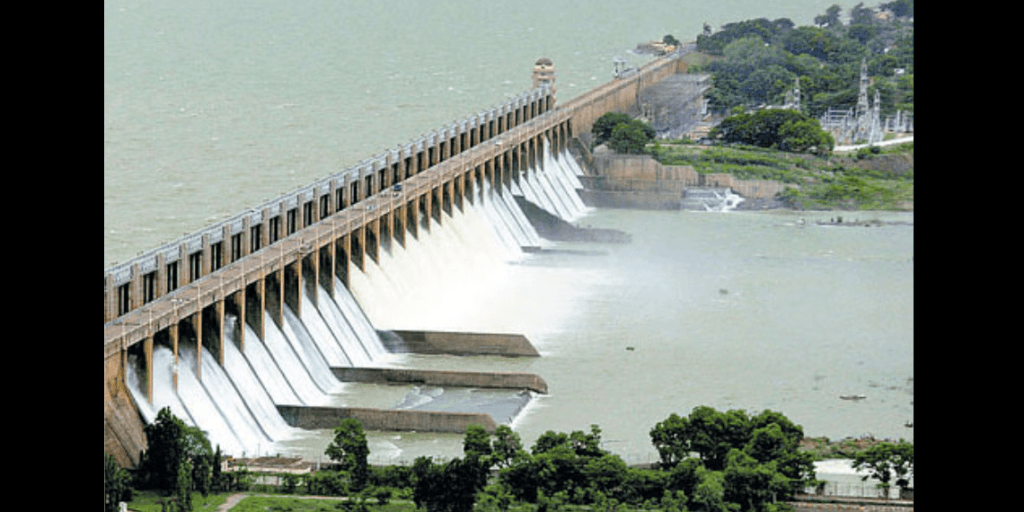Tungabhadra Dam Expected to Decrease Allocations by November 10th:
Tungabhadra Dam to Cease Water Release by November 10th Due to Reduced Allocations
The authorities responsible for the Tungabhadra Dam have made the decision to halt water release by November 10th due to a reduction in allocations stemming from poor storage conditions, exacerbated by a decade-long worsening situation.
During the second water committee meeting, which took place at the Dam in Hospet and involved superintending engineers, the estimated water abstraction based on available inflows to the dam was revised to 105 tmc-ft for the current season. Consequently, the allocation for the Andhra Pradesh high-level main canal was calculated at 16.097 tmc-ft. Of this allocation, 8.55 tmc-ft of water has already been drawn, leaving a balance of 7.547 tmc-ft to be utilized for the remainder of the year.
The Tungabhadra Dam officials stated that if no further inflows are observed into the dam, the release of inflows into the High-Level Main Canal (HLMC) will cease by November 10th. Accordingly, a decision was made to amend the drawl patterns from the TB Dam, as confirmed by HLC Superintendent Engineer Rajasekhar.
Notably, the Tungabhadra Dam currently holds only 52.74 tmc-ft of water, a significant decrease from last year’s level of 105.79 tmc-ft. The ten-year average capacity of the dam stands at 84.09 tmc-ft.

The alarming decrease in total yield from the dam, which was assessed at 106 tmc-ft compared to 526 tmc-ft the previous year, is attributed to the early-stage failure of the southwest monsoon this year.
In response to these dire conditions, the Tungabhadra Dam authorities have issued alerts to all dependent divisions in Karnataka, Andhra Pradesh, and Telangana to modify their utilization plans for irrigation and power generation.

